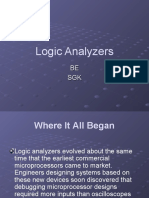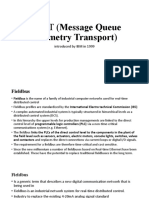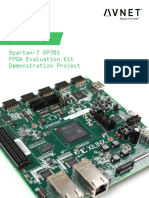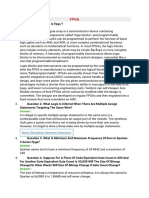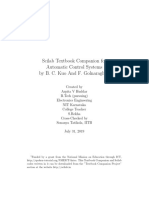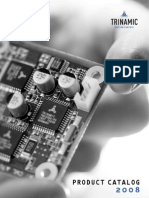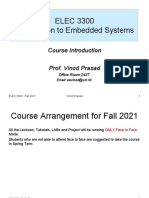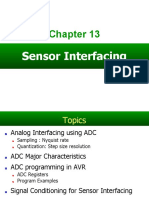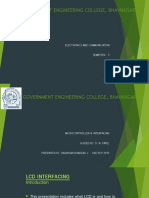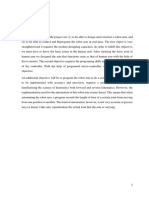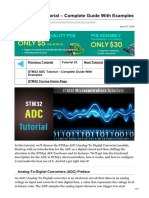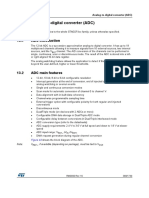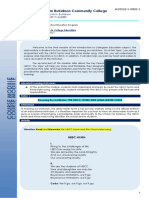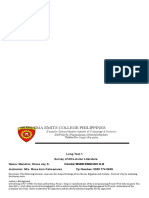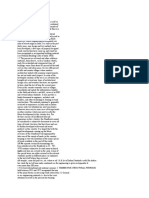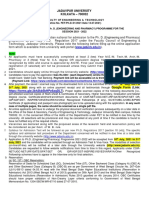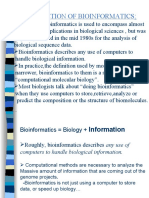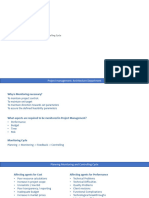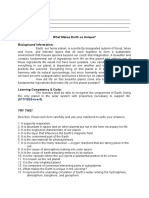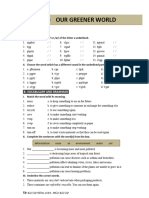0% found this document useful (0 votes)
537 views35 pagesSTM32 ADC Guide for Engineers
The document provides an overview of analog to digital converters and describes the features of the STM32 analog to digital converter. It explains how analog signals are converted to digital signals through sampling and quantization. It also outlines the key characteristics of ADCs like resolution, sampling rate, and errors. Finally, it describes the STM32 ADC's registers, channels, conversion modes, and use of direct memory access to transfer converted data.
Uploaded by
abdou htCopyright
© © All Rights Reserved
We take content rights seriously. If you suspect this is your content, claim it here.
Available Formats
Download as PDF, TXT or read online on Scribd
0% found this document useful (0 votes)
537 views35 pagesSTM32 ADC Guide for Engineers
The document provides an overview of analog to digital converters and describes the features of the STM32 analog to digital converter. It explains how analog signals are converted to digital signals through sampling and quantization. It also outlines the key characteristics of ADCs like resolution, sampling rate, and errors. Finally, it describes the STM32 ADC's registers, channels, conversion modes, and use of direct memory access to transfer converted data.
Uploaded by
abdou htCopyright
© © All Rights Reserved
We take content rights seriously. If you suspect this is your content, claim it here.
Available Formats
Download as PDF, TXT or read online on Scribd
/ 35












